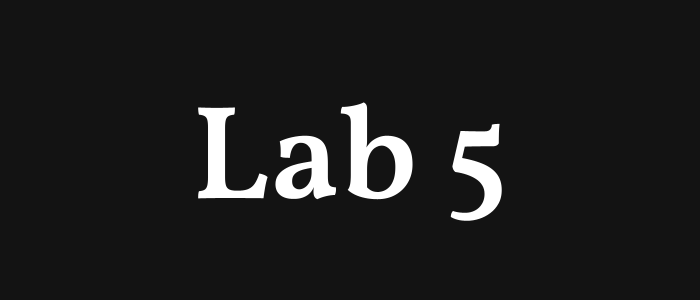Learn how to create a streamlined, low distraction User Interface (UI) using the TFT_eSPI library and EEZ Studio, designed specifically for making phone calls with your ESP32-based litePhone.
Objective:
Gain practical experience designing an intuitive, minimalist UI tailored for communication tasks on embedded hardware. This lab emphasizes simplicity and usability, crucial for developing efficient and focused embedded system applications.
Part 1 – UI Design in EEZ Studio
Use EEZ Studio and the TFT_eSPI library to design and implement a low-distraction UI for initiating and managing phone calls.
Requirements:
Your UI must:
- Display a clear, simple numeric keypad for dialing
- Show incoming call notifications clearly
- Include intuitive controls for call acceptance, rejection, and termination
- Minimize on-screen distractions and animations to ensure clarity and focus
- Match the resolution and capabilities of your TFT display
🏆 Challenge
Explore principles of minimalist UI design. Implement techniques such as reduced color palettes or simplified button layouts to enhance usability. Document your design choices clearly.
Part 2 – TFT_eSPI Integration and Coding
Steps:
- Implement functionality:
- Dialing interface
- Call handling logic (accept, reject, hang up)
- GSM module (e.g., A7670G) integration for making and receiving calls
- Optimize the UI refresh and interaction speed to ensure responsive behavior
🏆 Challenge
Test and optimize touch sensitivity and response times. Aim for seamless interaction to ensure intuitive call management. Document any specific optimizations or issues encountered.
Part 3 – Integration and Testing
After implementing your UI:
- Test UI functionality extensively with live GSM calls
- Evaluate responsiveness, intuitiveness, and overall user experience
- Identify usability issues and iterate the UI accordingly
Submit the following:
- EEZ Studio project files
- Source code implementing TFT_eSPI UI
- Photos or short video demonstrating:
- Dialing a call
- Receiving and managing incoming calls
- Overall UI functionality
- Short report (1–2 pages) including:
- Overview of your UI design approach
- Specific choices made to minimize distractions
- Iterations, revisions, and rationale for changes
- Lessons learned
Grading (100 Points)
- UI design clarity and minimalism (20 Points)
- Functionality and GSM integration (20 Points)
- Responsiveness and usability (20 Points)
- Overall integration with hardware components (20 Points)
- Lab Report quality and insights (20 Points)
